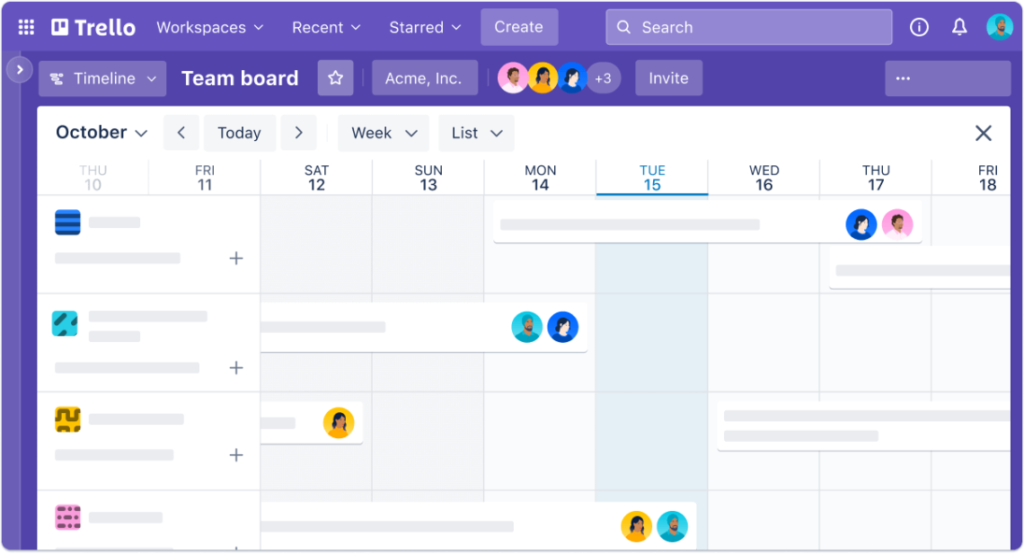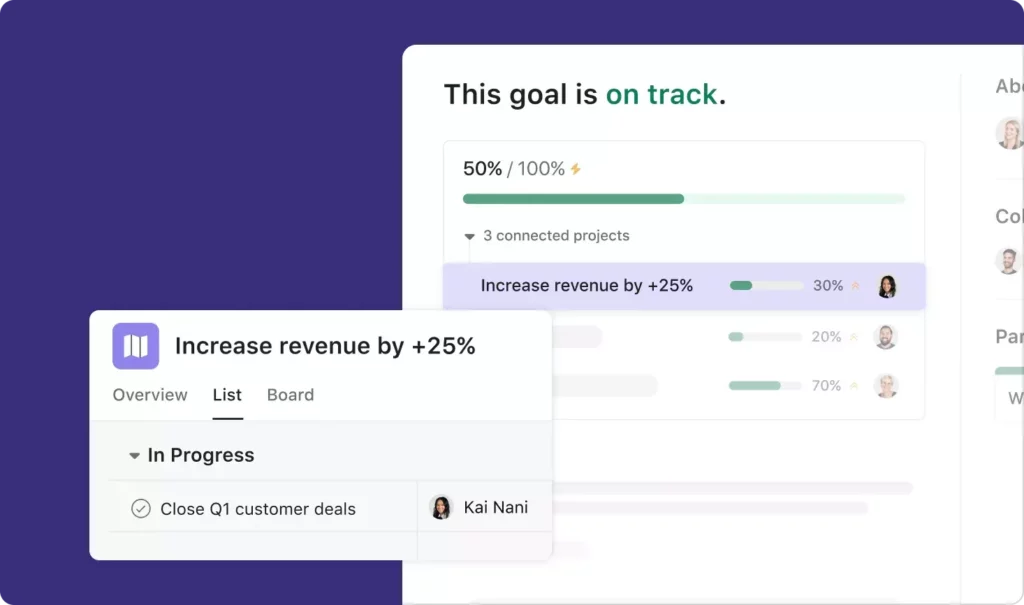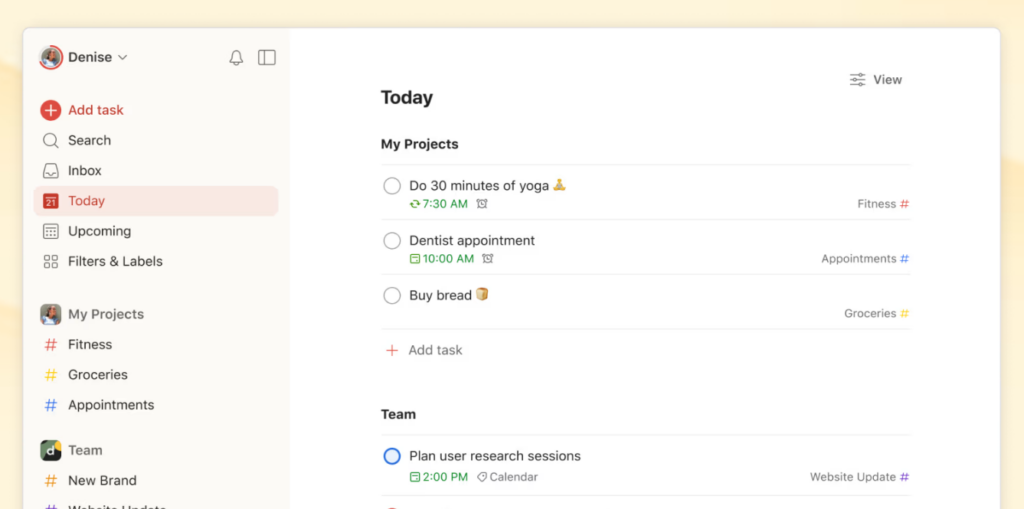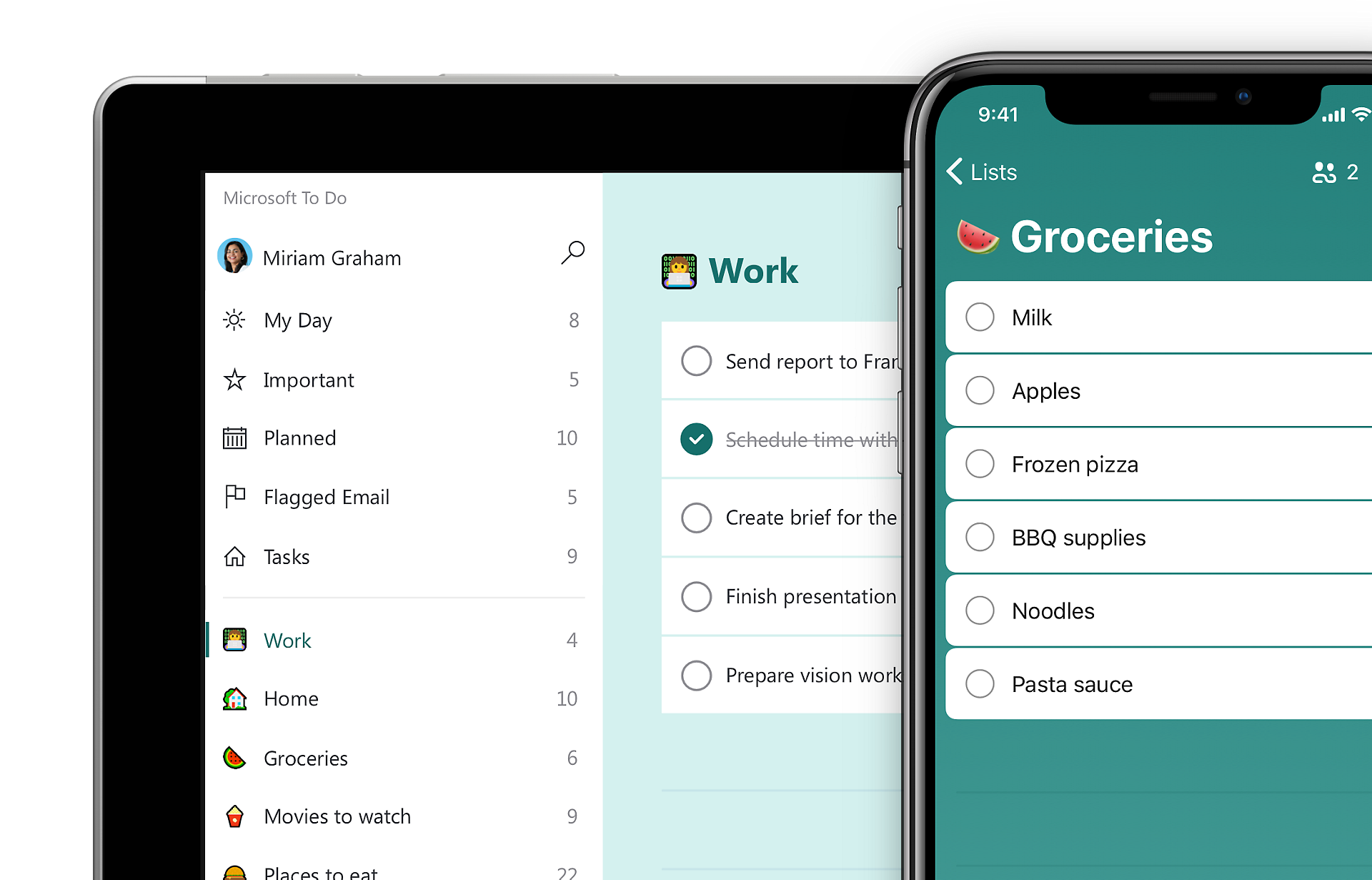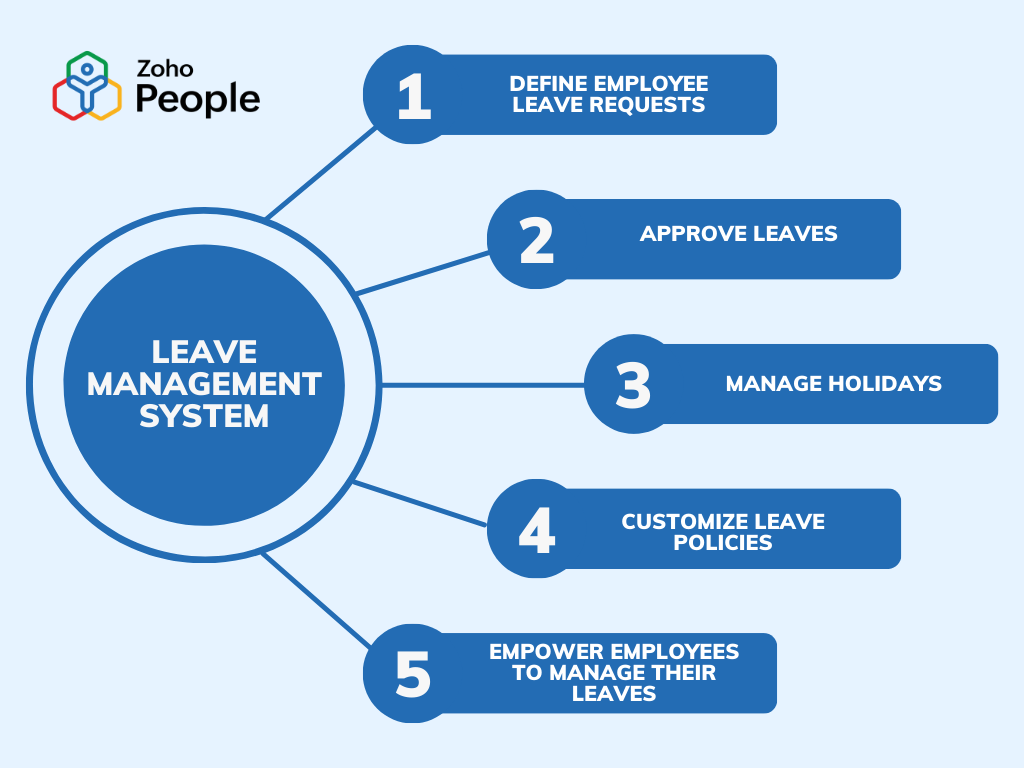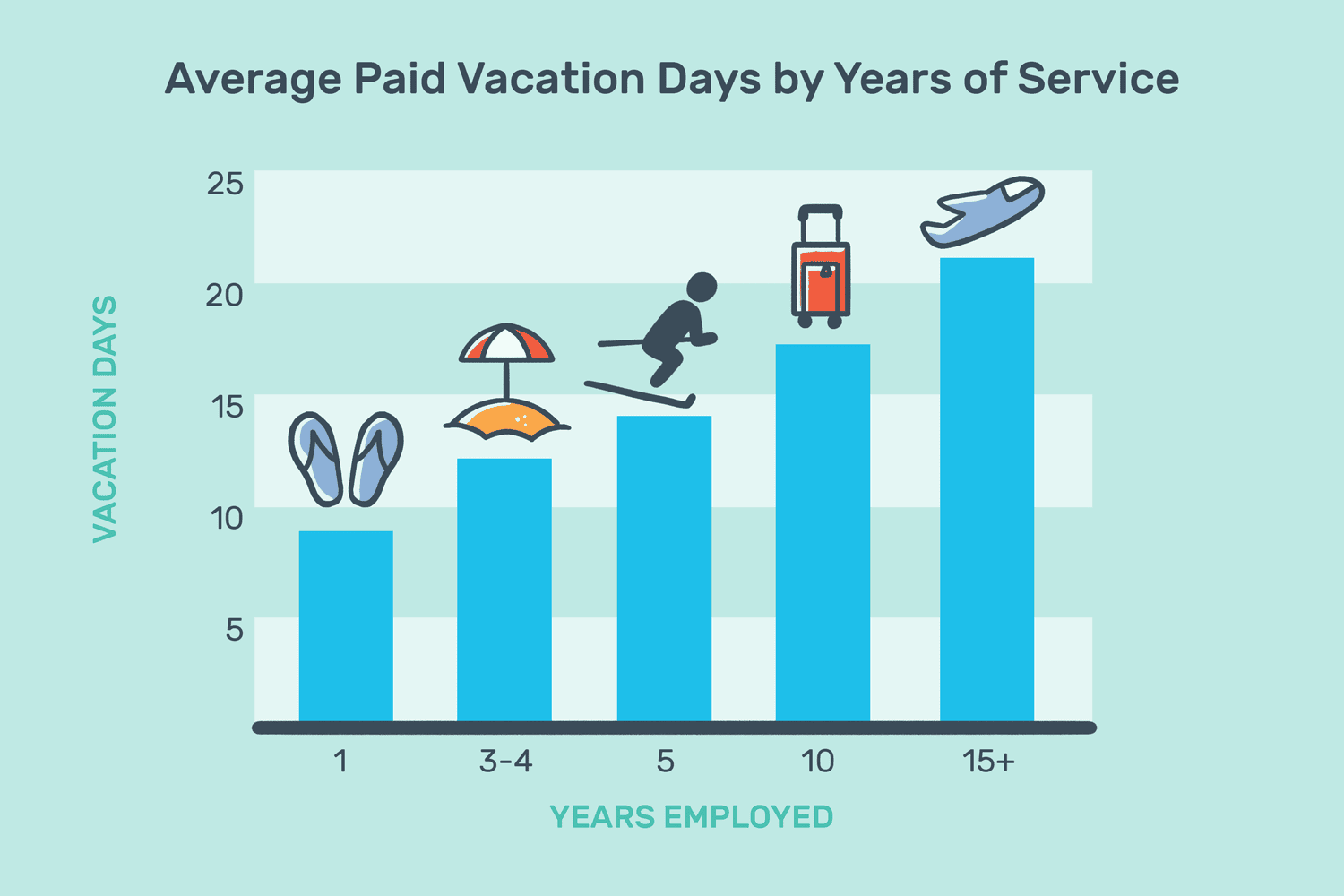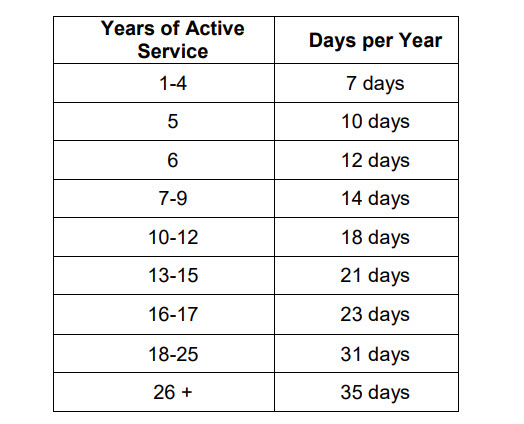Writing a personal day off request letter is an important step to ensure effective communication, leave management, and mutual respect between you and your company’s management. Whether the reason for your request is personal health, family matters, or simply needing a break, requesting the day off in a professional manner increases the likelihood of approval and maintains your professional reputation. In this article, we will explore how to write a personal day off request letter in detail, along with examples for different situations.
Importance of Writing a Personal Day Off Request Letter
Documenting the Request
The letter serves as formal documentation of your request for time off, providing a written record that can be easily referenced by management. This documentation is crucial for several reasons. First, it helps the human resources department track and manage employee absences, ensuring that the company remains compliant with labor laws and internal policies.
Respecting Procedures
Adhering to the company’s established procedures for requesting time off demonstrates your professionalism and respect for organizational norms. Every company has policies in place to manage absences effectively, and following these protocols shows that you are committed to maintaining a smooth workflow. This respect for procedure reflects your discipline and builds trust with your superiors.
Advance Planning
Submitting your request for a personal day off well in advance provides your manager or HR team with the necessary time to plan and allocate resources accordingly. This foresight is essential in ensuring that your absence does not disrupt ongoing projects or hinder team productivity. When you give notice ahead of time, your manager can arrange for someone to cover your responsibilities, redistribute tasks among team members, or adjust project timelines if needed.
Example 1: Emergency Family Matter
Dear Mr,
I am writing to request a personal day off on Sunday, July 10, 2024, due to an urgent family matter that requires my immediate attention. I assure you that I will complete all urgent tasks before my leave and will be available via phone and email for any emergencies.
Thank you for your understanding and support.
Sincerely,
[Your Name]
Example 2: Medical Appointment
Dear,
I am writing to request a personal day off on Wednesday, July 15, 2024, to attend a significant medical appointment. I will ensure that all my tasks are completed prior to my leave and will stay in touch with my team to ensure smooth workflow.
I appreciate your understanding and cooperation.
Best regards,
[Your Name]
Example 3: Rest and Relaxation
Dear,
I am writing to request a personal day off on Monday, July 20, 2024, to take some time for rest and relaxation. I assure you that I will be available via phone for any urgent queries and will arrange all my work beforehand to ensure it does not impact the business.
Thank you for your support and understanding.
Sincerely,
[Your Name]
Example 4: Family Event
Dear,
I am requesting a personal day off on Friday, July 24, 2024, to attend a family wedding. I will make sure to complete all necessary work before my day off and will be reachable via email if needed.
Thank you for your understanding and continuous support.
Best regards,
[Your Name]
Example 5: Mental Health Day
Dear,
I am writing to request a personal day off on Tuesday, July 27, 2024, to focus on my mental health and well being. I will ensure that all my current projects are up to date before taking this day off.
Thank you for your understanding and support.
Sincerely,
[Your Name]
Example 6: Child’s School Event
Dear,
I am writing to request a personal day off on Thursday, July 29, 2024, to attend my child’s school event. I have completed all urgent tasks and informed my team to cover any immediate needs during my absence.
I appreciate your understanding.
Best regards,
[Your Name]
Example 7: Personal Errand
Dear,
I am writing to request a personal day off on Monday, August 2, 2024, to take care of some important personal errands that cannot be scheduled outside of work hours. I will ensure that my responsibilities are managed before taking the day off.
Thank you for your understanding.
Sincerely,
[Your Name]
Example 8: Religious Observance
Dear,
I am writing to request a personal day off on Friday, August 6, 2024, to observe a religious holiday. I will complete my tasks ahead of time and will be available for any urgent matters via email.
Thank you for your support and understanding.
Best regards,
[Your Name]
Example 9: Home Maintenance
Dear Ms. Linda,
I am writing to request a personal day off on Wednesday, August 11, 2024, to oversee some essential maintenance work at my home. I will ensure that all my work responsibilities are covered and will be available for urgent issues via phone.
I appreciate your cooperation and understanding.
Sincerely,
[Your Name]
Example 10: Legal Appointment
Dear Mr. David,
I am writing to request a personal day off on Monday, August 16, 2024, to attend a legal appointment that requires my presence. I will ensure that all pressing work is completed before my leave and that my team is informed to handle any immediate needs.
Thank you for your understanding.
Best regards,
[Your Name]
Example 11: Personal Health Day
Dear Ms. Johnson,
I am writing to request a personal day off on Tuesday, August 24, 2024, to attend to some health issues. I have scheduled a medical check up and will need the day off to complete the necessary tests and consultations. I will ensure that all my tasks are up to date and will be available for any urgent questions via phone or email.
Thank you for your understanding and support.
Sincerely,
[Your Name]
Example 12: Car Maintenance
Dear Mr. Smith,
I am writing to request a personal day off on Friday, September 3, 2024, to take care of some urgent car maintenance. I have arranged for all my responsibilities to be covered in my absence and have informed my team to handle any immediate needs.
I appreciate your cooperation and understanding.
Best regards,
[Your Name]
Example 13: Jury Duty
Dear Ms. Lee,
I am writing to inform you that I have been summoned for jury duty on Thursday, September 9, 2024. As this is a civic responsibility, I need to request a personal day off to fulfill this obligation. I have made arrangements to ensure that my work is covered during my absence and will keep you updated on my availability.
Thank you for your understanding.
Sincerely,
[Your Name]
Example 14: Funeral Attendance
Dear Mr. Brown,
I am writing to request a personal day off on Thursday, September 23, 2024, to attend the funeral of a close family member. I have arranged for my tasks to be handled by my colleagues and will ensure a smooth transition during my absence.
Thank you for your understanding and support during this difficult time.
Sincerely,
[Your Name]
Additional Tips for Writing an Effective Personal Day Off Request Letter
Be Honest and Direct
When requesting a personal day off, it is crucial to use honest and direct language. Clearly state your reason for needing the day off but keep the explanation brief and to the point. For example, if you need the day off for a medical appointment, simply mention that you have a medical appointment. Avoid providing unnecessary details that might complicate or over explain your request. Honesty helps build trust with your employer and ensures that your request is taken seriously.
Add Personal Touches
Including personal touches in your request can make it more relatable and genuine. Mentioning specific plans or reasons why the day off is important to you can help your manager understand your need for the time off. For instance, if you are requesting a day off to attend your child’s school play, mentioning this can add a personal element to your request and make it more compelling. Personal touches demonstrate that you have thought about the request and its significance to your personal life.
Maintain a Professional Tone
Even though you are adding personal touches, it is important to maintain a professional tone throughout your letter. Use polite and respectful language and ensure that your request is courteous. Avoid any informal language or overly familiar phrases. A professional tone reflects your respect for your workplace and your seriousness about the request. It also ensures that your letter is appropriate for a professional setting.
Timing is Key
Submitting your request well in advance is essential. Ideally, you should notify your manager as soon as you know you need the day off. This advance notice gives your manager ample time to make necessary arrangements, such as redistributing tasks or finding temporary coverage for your duties. Early submission of your request shows consideration for your manager’s planning needs and increases the likelihood that your request will be approved.
Emphasize Your Availability
While you are asking for time off, it is helpful to assure your manager that you will still be available for any urgent matters if possible. Mention that you can be reached via phone or email for emergencies. This reassures your manager that you are still committed to your responsibilities and that your absence will not completely disconnect you from work. Emphasizing your availability demonstrates your dedication and willingness to support the team even when you are not physically present.
Frequently Asked Questions (FAQ)
When should I submit a personal day off request?
It’s best to submit your request as early as possible ideally, as soon as you become aware of the need for time off. This gives your manager or HR team ample time to plan for your absence and reduces the likelihood of your request being denied due to scheduling conflicts.
Do I need to give a reason for my personal day off?
While it’s not always mandatory, providing a brief and respectful reason shows professionalism and transparency. You don’t need to disclose personal details general explanations like “family matter” or “medical appointment” are usually sufficient.
Can I request a personal day off via email?
Yes. Email is one of the most common and acceptable ways to submit a personal day off request. Just be sure to maintain a professional tone and include all necessary details, such as the date and reason for your absence.
How should I handle work responsibilities during my absence?
Mention in your letter that you’ve arranged to complete important tasks before your leave and/or that you’ve informed your team. This demonstrates responsibility and helps maintain workflow continuity.
Can I use a personal day for mental health reasons?
Absolutely. Mental health is a valid and important reason for taking time off. Just be respectful and brief in your explanation, and treat it as you would any other health related request.
Will requesting personal days off affect my performance review?
Taking occasional personal days off, especially with proper communication and planning, should not negatively impact your performance review. Demonstrating a balanced approach to work and self care is often viewed positively.
Conclusion
Writing a personal day off request letter is an essential skill that demonstrates your professionalism, respect for company procedures, and consideration for your team. By being honest and direct, adding personal touches, maintaining a professional tone, submitting your request in advance, and emphasizing your availability, you can increase the likelihood of your request being approved and ensure a smooth transition during your absence. Use the examples provided as a guide to craft your effective request letters for various situations.









